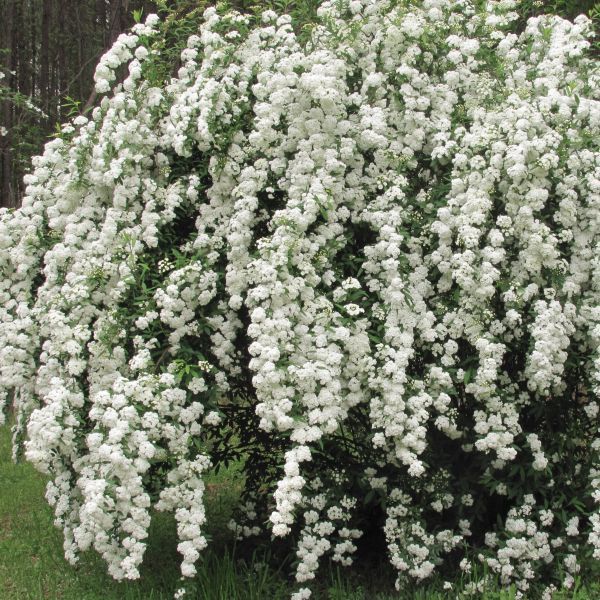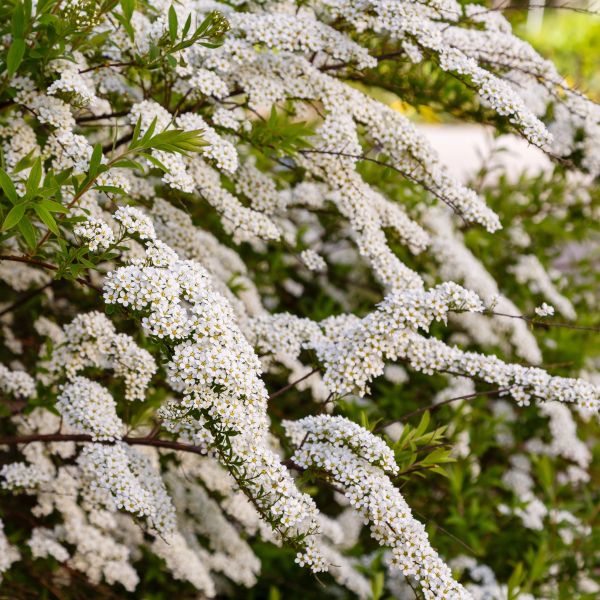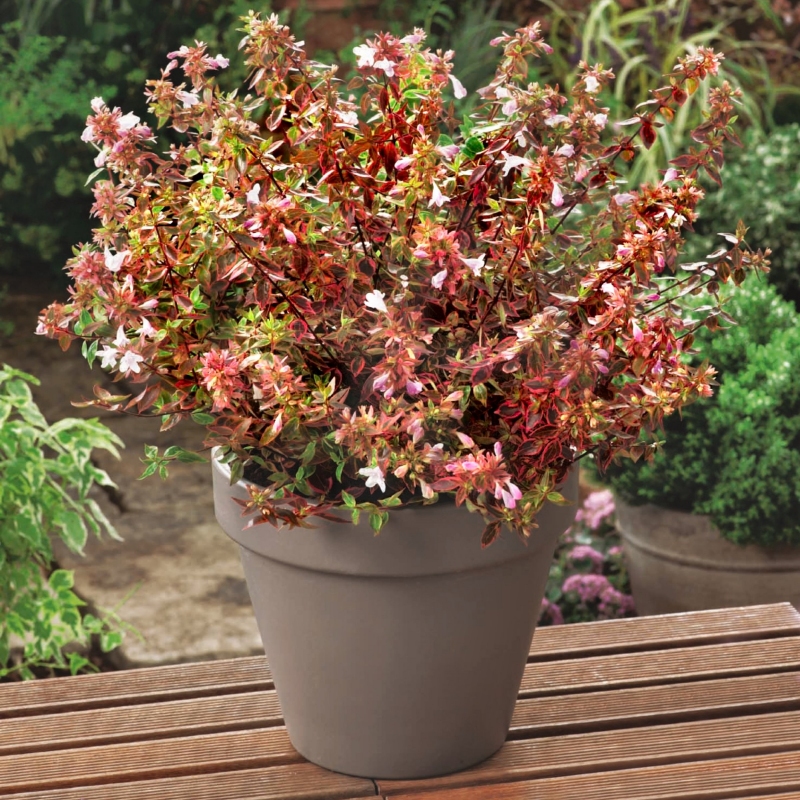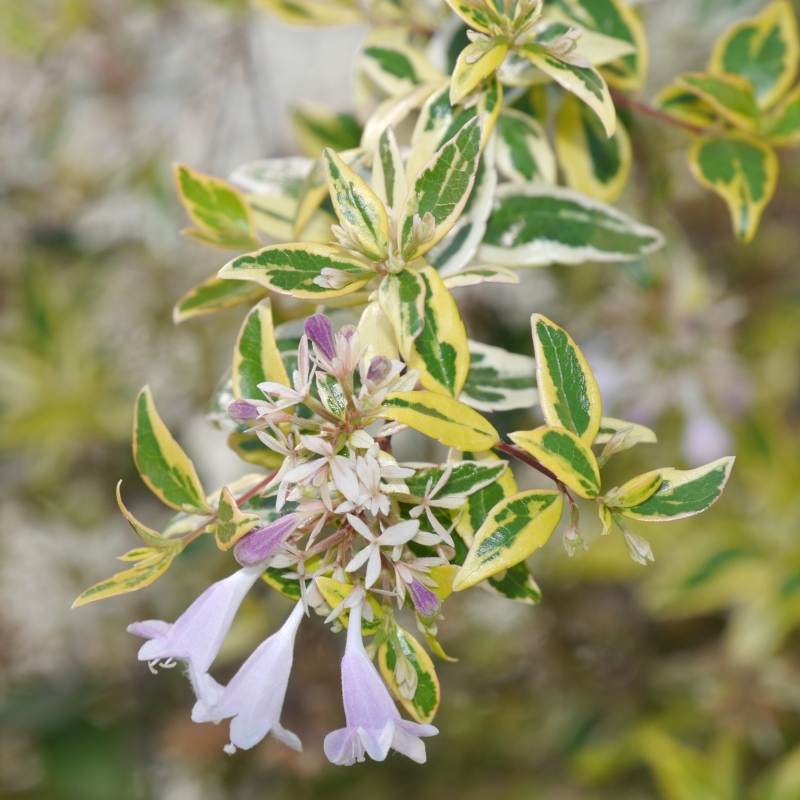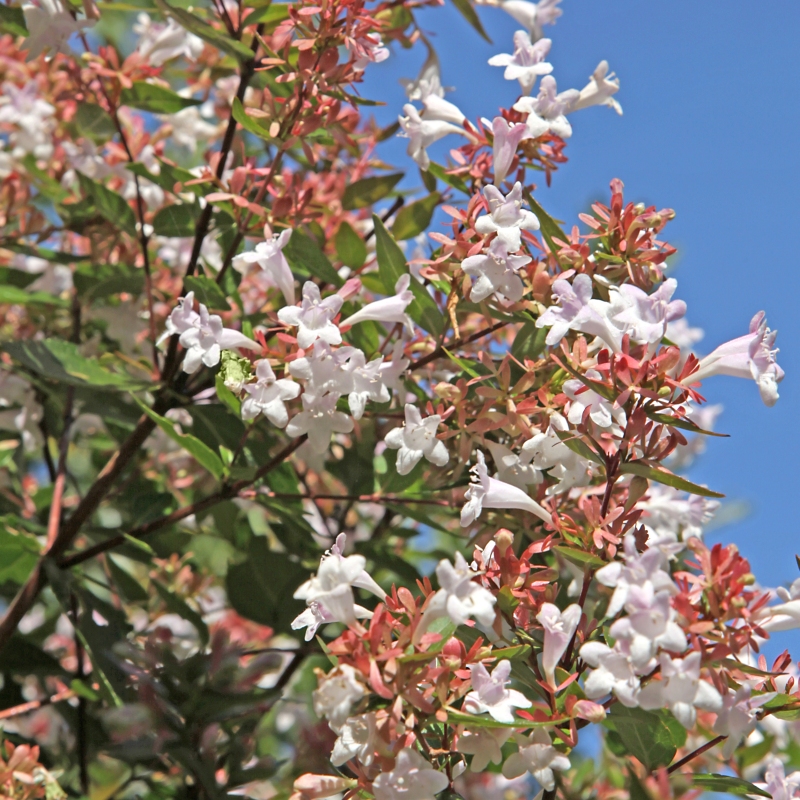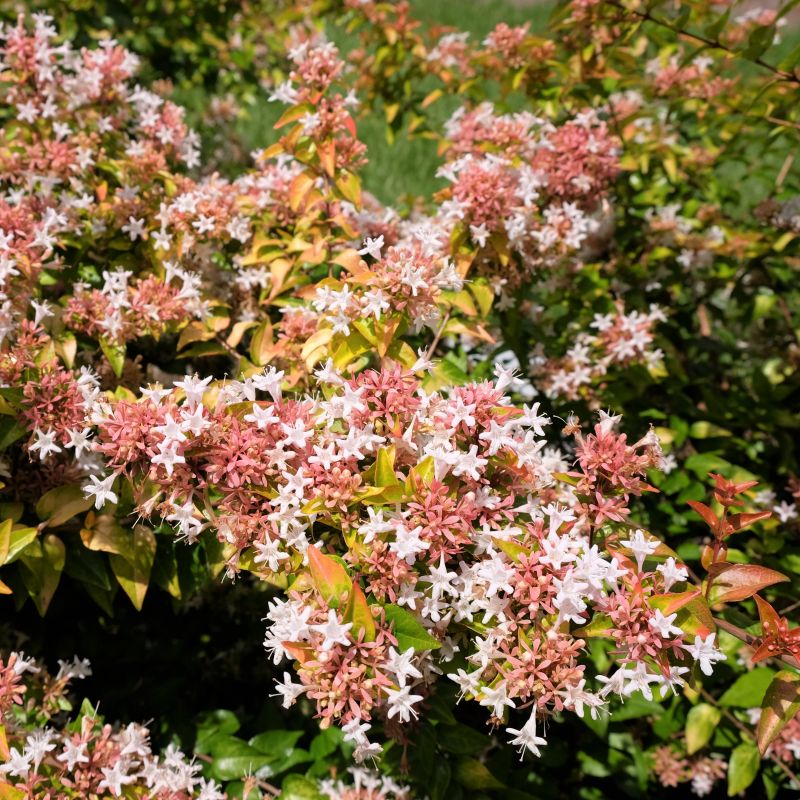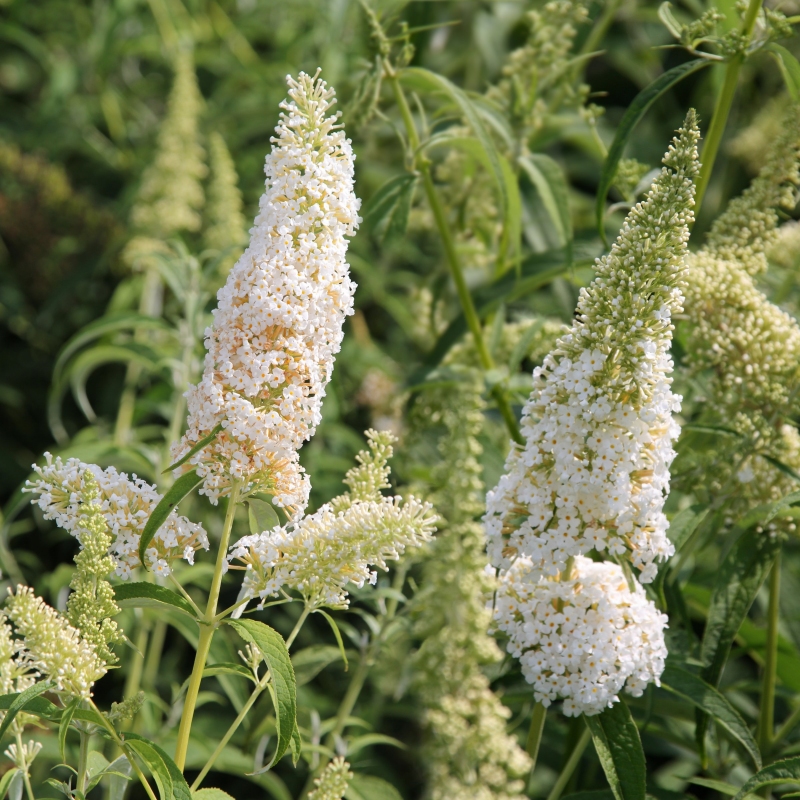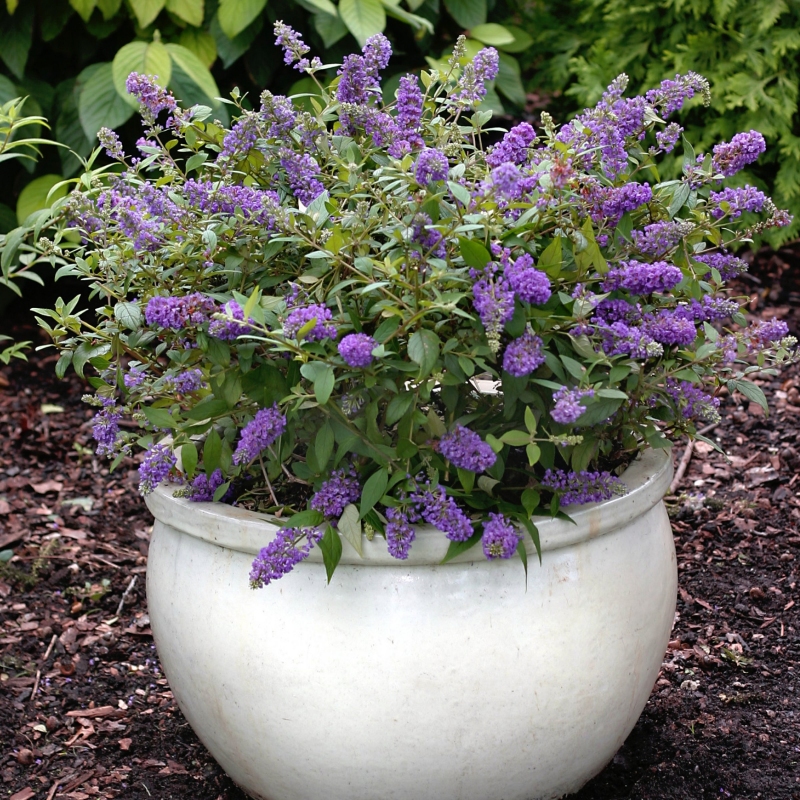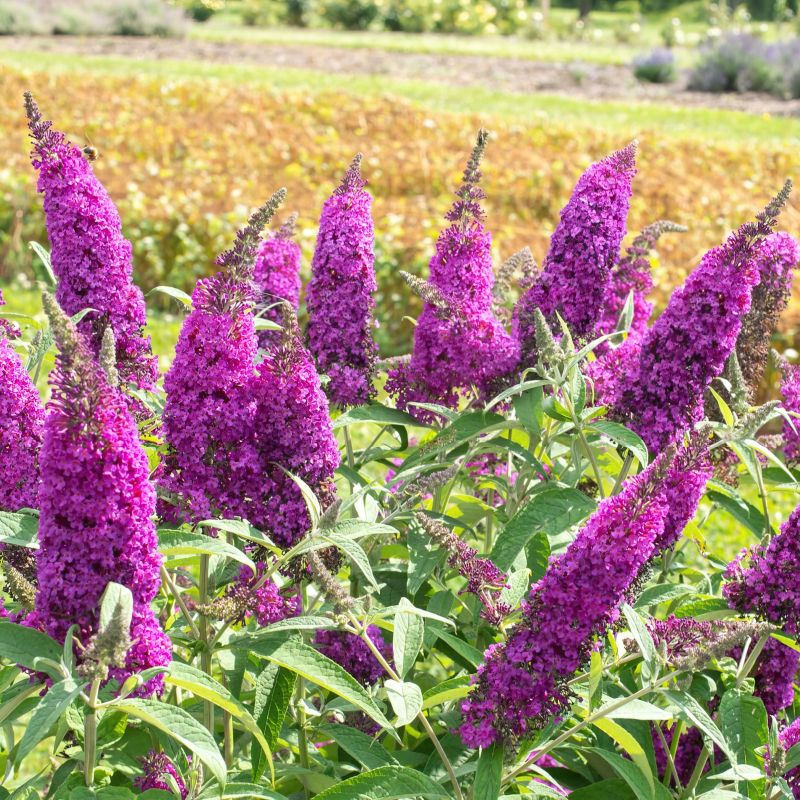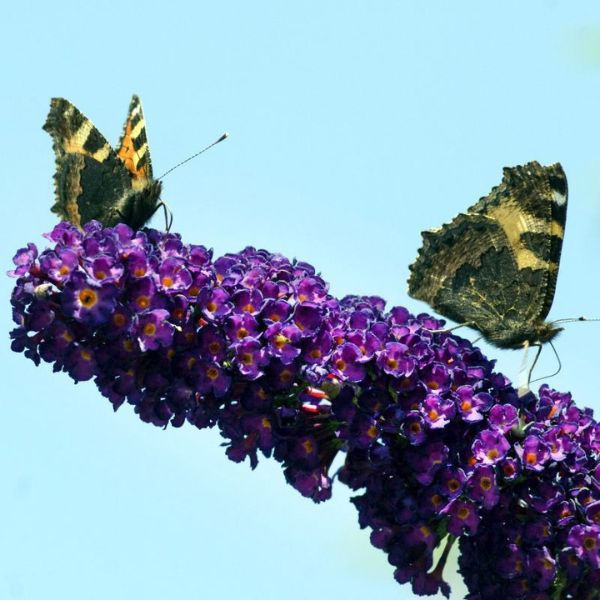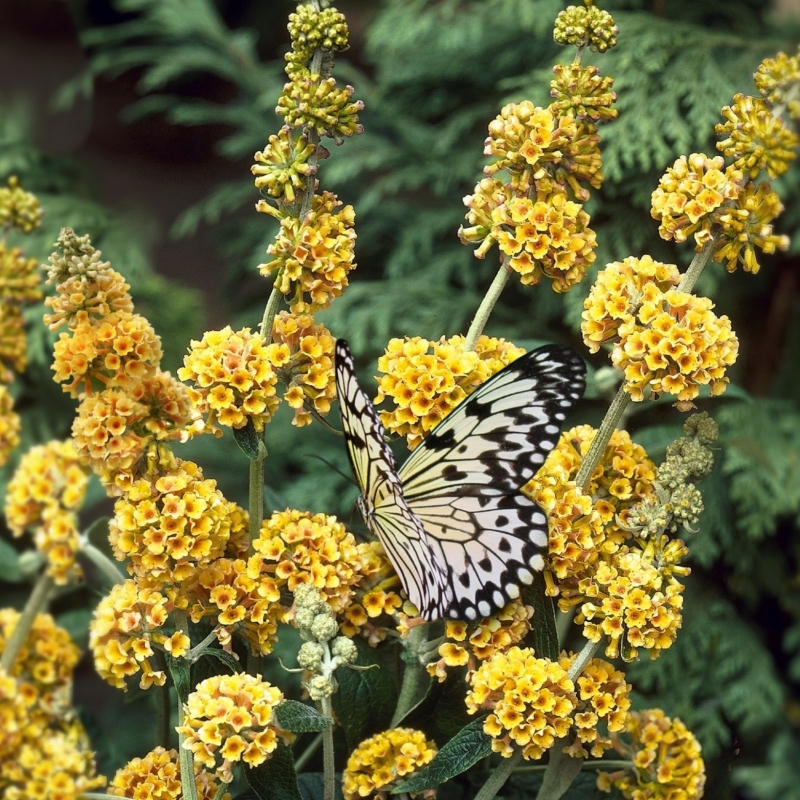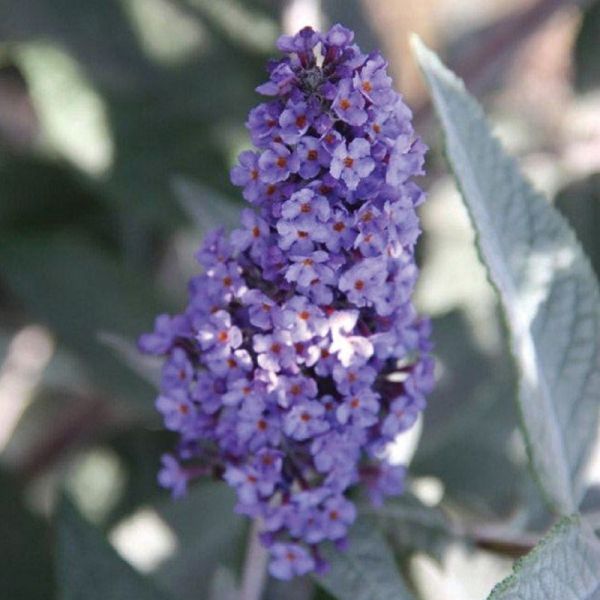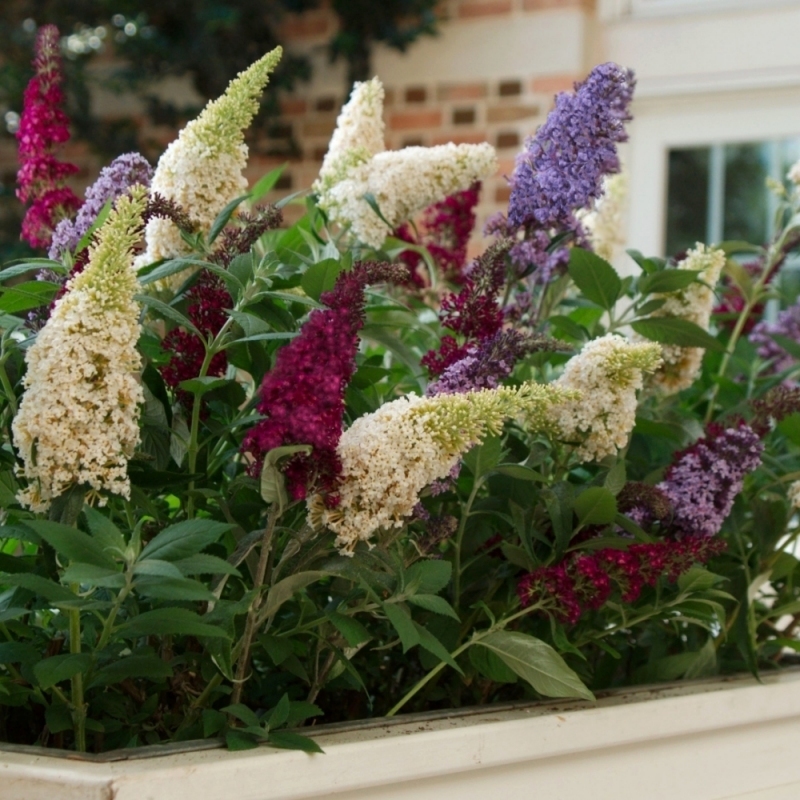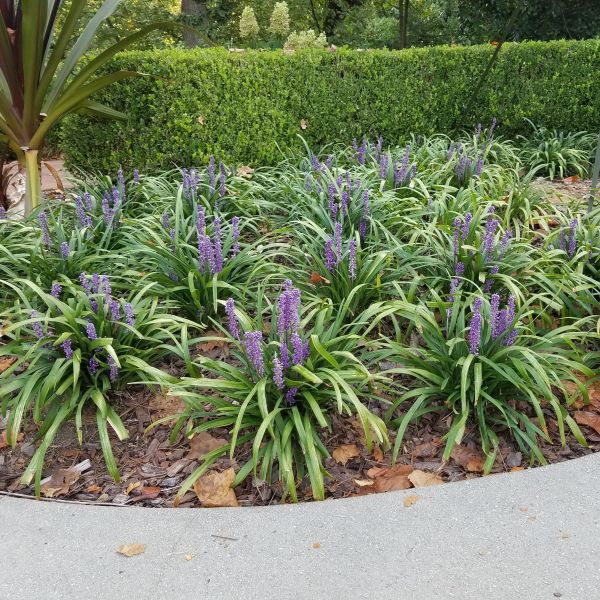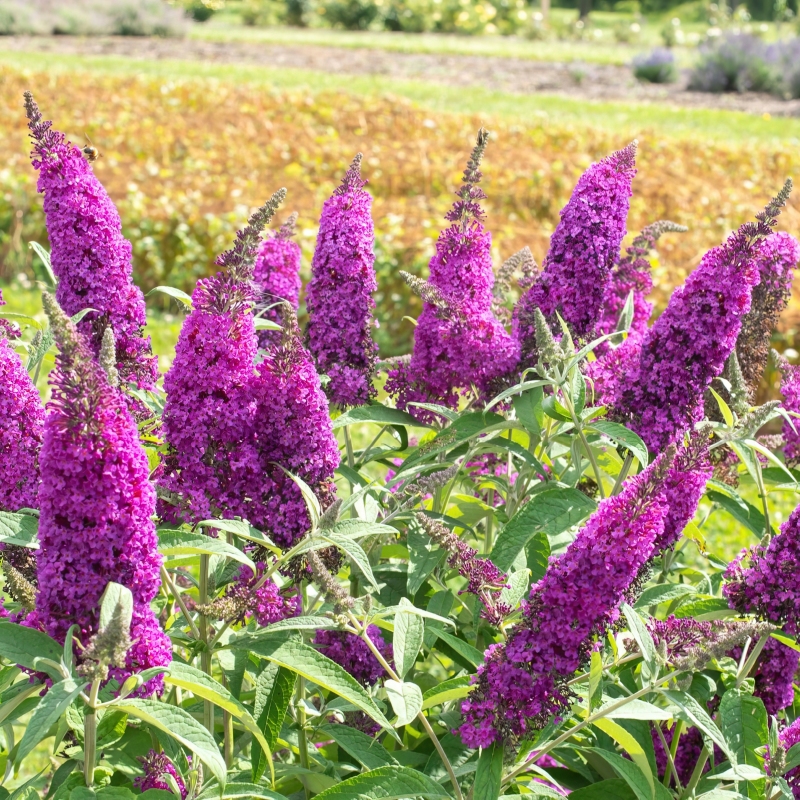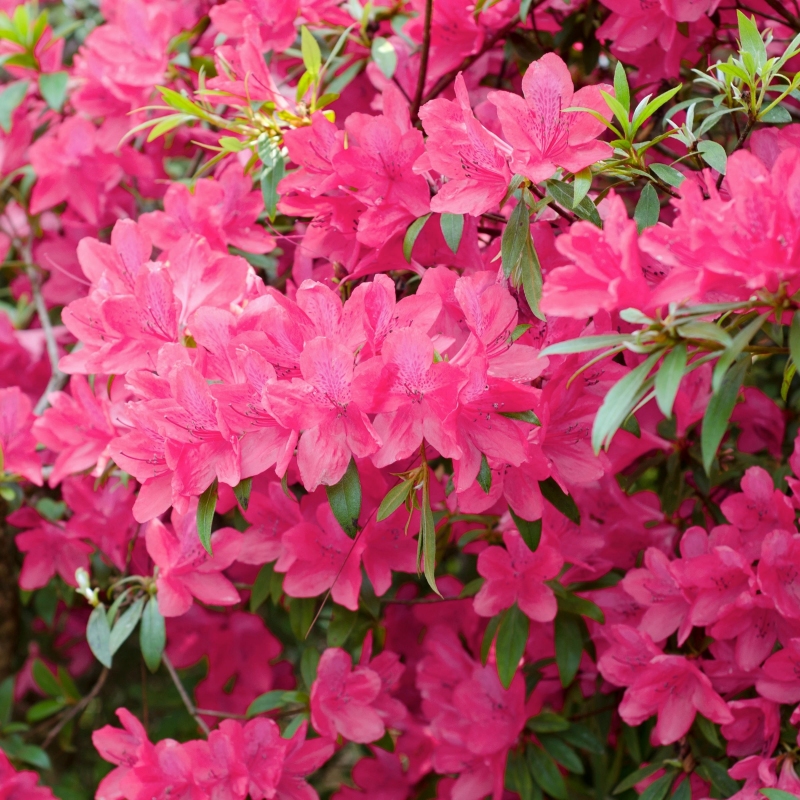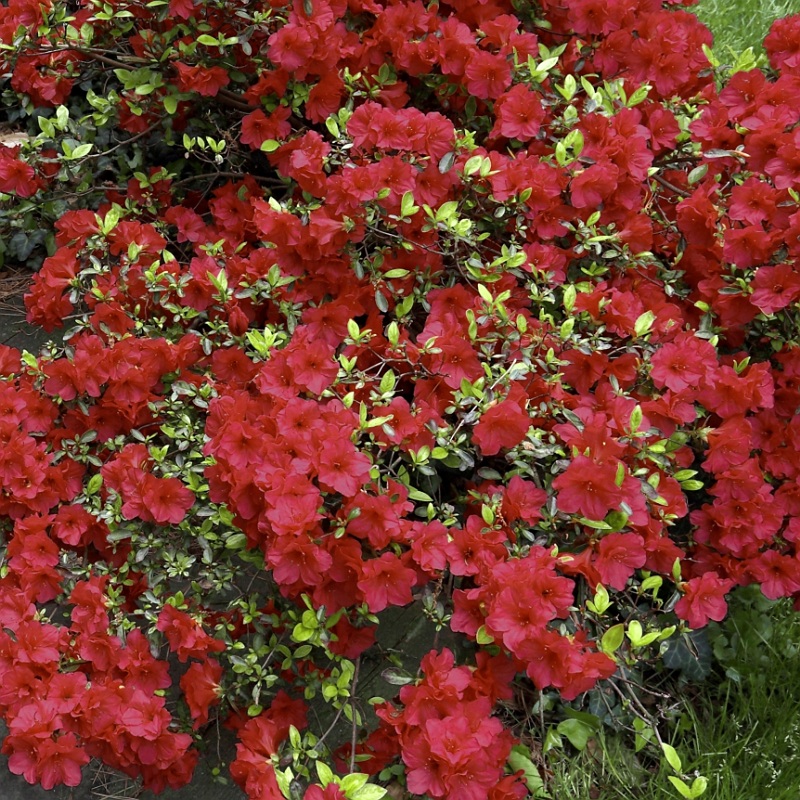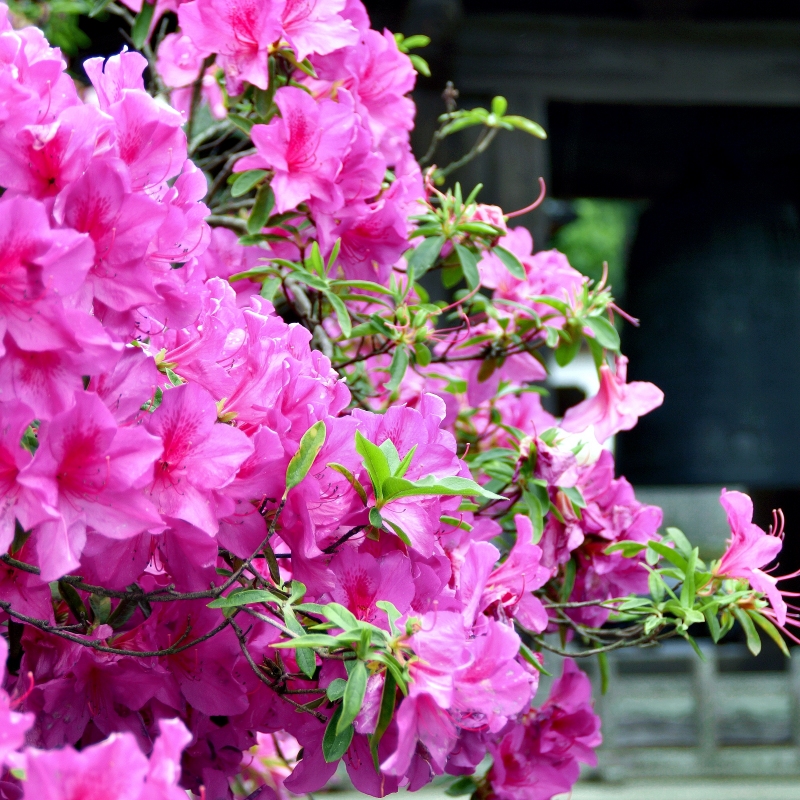

Snowmound Spirea
Spiraea nipponica 'Snowmound'
12 reviews


Snowmound Spirea
Spiraea nipponica 'Snowmound'
12 reviews
- Gorgeous white flowers in the spring
- Tolerant of a wide range of soil conditions
- Attracts butterflies and other pollinators to your garden
- Ships to 43215 in 7-10 Days
- Free Shipping Over $150
- Plant Arrival Guarantee
- In Stock
- Free Plant Consult
$200
$84.00
$121.00
30% Off
- 2.5 Gallon
- 1.5 Gallon
We are sorry, product is currently out of stock due to seasonal availability. Please check the "Related plants available in your area" section below
Why Snowmound Spirea?
Snowmound Spirea is a stunning deciduous shrub that brings beauty to any garden. It boasts a mounded shape with green foliage and produces clusters of white flowers in early summer, which attract butterflies and bees. It’s known for its ease of care, requiring only minimal pruning after flowering, and is ideal for hedging or as a specimen plant. Its hardiness and drought tolerance make it a great choice for gardens across North America.
Related plants available in your area
Sunlight
Snowmound Spirea thrives in full sun and tolerates partial shade. It requires at least six hours of direct sunlight each day to promote optimal growth and flowering.
Watering
Snowmound Spirea requires regular watering, especially during periods of drought. It prefers moist, well-drained soil and benefits from watering deeply but allowing the soil to dry out slightly between waterings.
Fertilizing
Snowmound Spirea prefers a well-draining soil and benefits from a balanced fertilizer application in early spring. A slow-release fertilizer with a ratio of 10-10-10 or 14-14-14 is often recommended to promote healthy growth and abundant flowering.
Snowmound Spirea is a flowering, deciduous shrub from the Spirea family, native to Japan. It's slightly smaller than the rest of its family, with a maximum of 4 feet tall.
It's a fast grower though. With a beautiful arching habit, it reaches its full size rapidly enough. Snowmound Spirea has blue-green or dark green leaves covering its arching branches.
In late spring, it blooms with pure white flowers that are striking against its dark green foliage. Throughout spring and summer, this beautiful shrub makes a spectacular show with its lush appearance and unmatched flowers.
Snowmound Spirea is fairly low maintenance as well. It's tolerant of most soil types, even poor soils, as long as it's provided with well-drained soil. It prefers the full sun to partial shade. However, during extreme heat, it should be protected from the hot afternoon sun with a light shade until established.
Once established, however, this showy shrub will need little more than some light shearing and pruning. Snowmound Spirea grows most comfortably in growing zones 3 to 9 and is fairly tolerant to both dry climates and cold weather after it's established.
Other than its wonderful features aesthetically, Snowmound Spirea is also loved by butterflies and other pollinators. However, it's susceptible to diseases like leaf spot and powdery mildew so you'd want to look out for any signs.
Otherwise, you can easily enjoy this ornamental shrub with its white flowers and dark green foliage in many different ways. It fits perfectly with zen garden and Japanese garden designs, low-maintenance woodland landscape designs, cottage gardens, and in a variety of ways like border planting, mixed planting, or foundation planting.
Rest easy after ordering your Snowmound Spirea from Shrubhub and know it'll arrive at your doorstep in its healthiest shape!
Plant Information:
| Botanical Name: | Spiraea nipponica 'Snowmound' |
| USDA Zones: | 3-7 |
| Water: | Moderate |
| Exposure: | Full Sun |
| Soil Needs: | Widely Adaptable |
| Mature Height: | 4 - 7 feet |
| Mature Spread: | 4 - 7 feet |






Pollination Info
Pollination Info for Snowmound Spirea (Spiraea nipponica 'Snowmound')
Snowmound Spirea (Spiraea nipponica 'Snowmound') is known for its beautiful, fluffy, white flowers that bloom in the spring and summer. This deciduous shrub is a popular choice for gardens, parks, and landscapes. When it comes to pollination, Snowmound Spirea has both self-pollinating and cross-pollinating capabilities. The flowers of the Snowmound Spirea are perfect, meaning they contain both male (stamen) and female (pistil) reproductive organs, which allows for self-pollination. However, cross-pollination can occur when pollinators such as bees, butterflies, and other insects visit the flowers and transfer pollen between different plants. Cross-pollination can help increase genetic diversity and the overall health of the plant population.
To attract pollinators, Snowmound Spirea produces large quantities of nectar that these insects need for energy. The flowers have a sweet fragrance and are also visually attractive to these pollinators. These characteristics make Snowmound Spirea an important component of a pollinator garden.
When planting Snowmound Spirea, it is recommended to plant multiple plants to improve cross-pollination and ensure a healthy genetic diversity in the plant population.
FAQ
Snowmound Spirea (Spiraea nipponica 'Snowmound') FAQ
What is the Snowmound Spirea?
The Snowmound Spirea is a deciduous shrub that is native to Japan. It is known for its beautiful display of white flowers that bloom in the spring and its blue-green foliage. It typically grows to a height of 4-6 feet tall and 6-8 feet wide.
What are the growing conditions for the Snowmound Spirea?
The Snowmound Spirea prefers full sun but can also tolerate partial shade. It is adaptable to a variety of soil types but prefers well-drained soil. It is also drought tolerant and can tolerate periods of dry weather.
When does the Snowmound Spirea bloom?
The Snowmound Spirea blooms in the late spring to early summer, typically in May to June. It produces clusters of white flowers that cover the entire shrub and can last for several weeks.
Does the Snowmound Spirea attract insects or pests?
The Snowmound Spirea is generally not prone to insect or pest problems. However, it can be susceptible to spider mites and leaf spot. Proper pruning and maintenance can help prevent these issues.
How do I prune the Snowmound Spirea?
The Snowmound Spirea should be pruned in the late winter or early spring before new growth appears. You can prune back up to one-third of the shrub to promote new growth and maintain its shape. Dead or damaged branches can be pruned at any time of year.
Can the Snowmound Spirea be used in landscaping?
Yes, the Snowmound Spirea is a popular choice for landscaping due to its beautiful flowers and foliage. It can be used as a hedge, foundation planting, or as a specimen plant. It is also deer resistant.
How do I propagate the Snowmound Spirea?
You can propagate the Snowmound Spirea through softwood cuttings taken in the summer or hardwood cuttings taken in the fall. It can also be propagated through division or layering.
Planting & Care
Planting & Care for Snowmound Spirea (Spiraea nipponica 'Snowmound')
Planting:
- Choose a location with well-draining soil and full sun to partial shade.
- Dig a hole twice as wide as the root ball and just as deep.
- Place the plant in the hole and backfill with soil, firming it around the roots.
- Water thoroughly.
Care:
- Water regularly, especially during the first growing season.
- Fertilize in early spring with a balanced fertilizer.
- Prune immediately after flowering to maintain the desired shape and size.
- Remove dead or damaged branches as needed.
- Protect from harsh winter winds and heavy snowfall.
- Monitor for pests and diseases and treat accordingly.
With proper care, Snowmound Spirea can provide beautiful spring blooms and attractive foliage throughout the growing season.
Check Out These Verified Customer Reviews:
Customer Reviews
4.8 out of 5 based on 12 reviews
Thank you! Your review has been submitted.
Healthy spirea plant
Easy to navigate website
Impressed with the size and fullness of the Spirea.
Item has been added to your cart.




